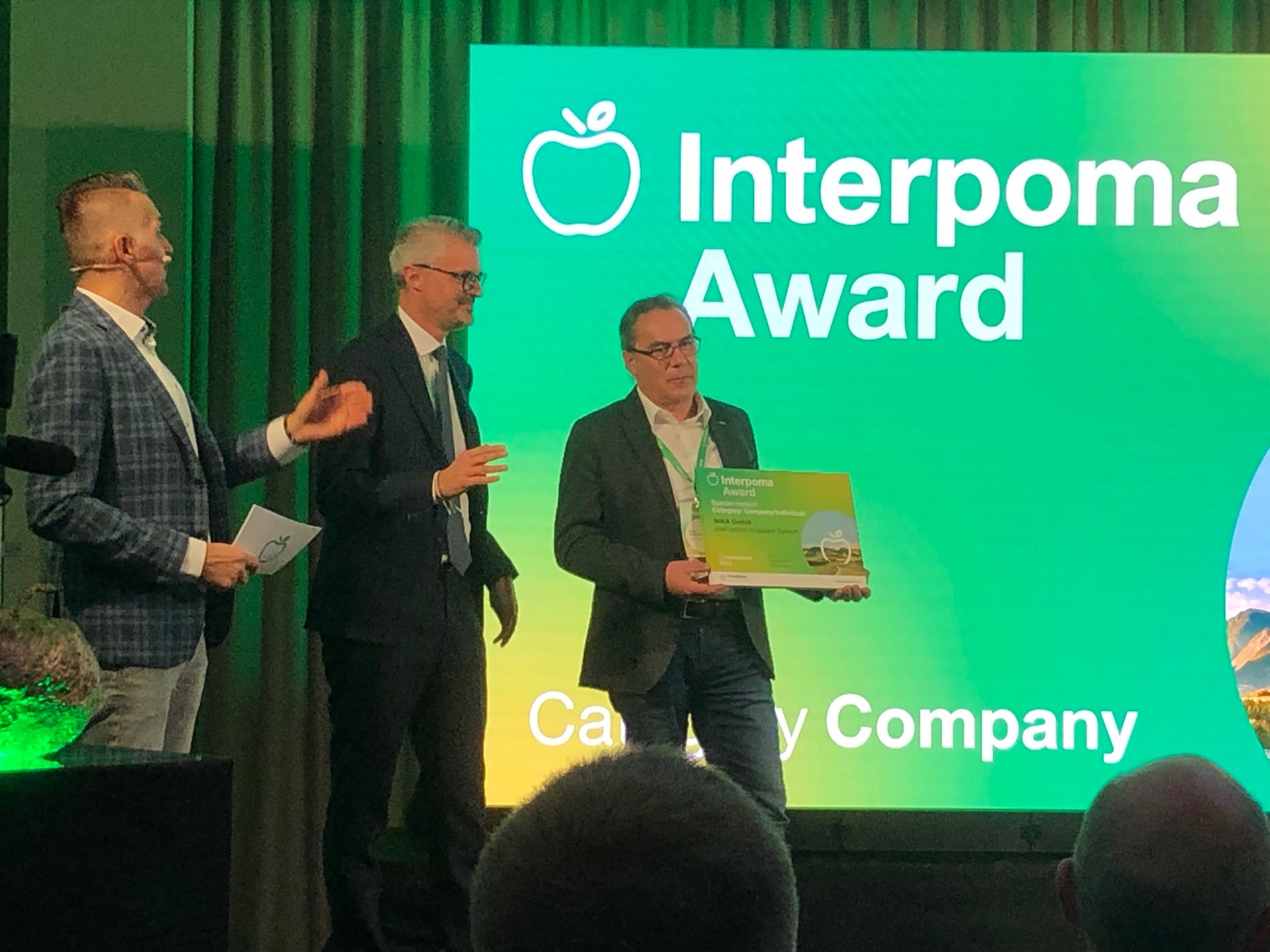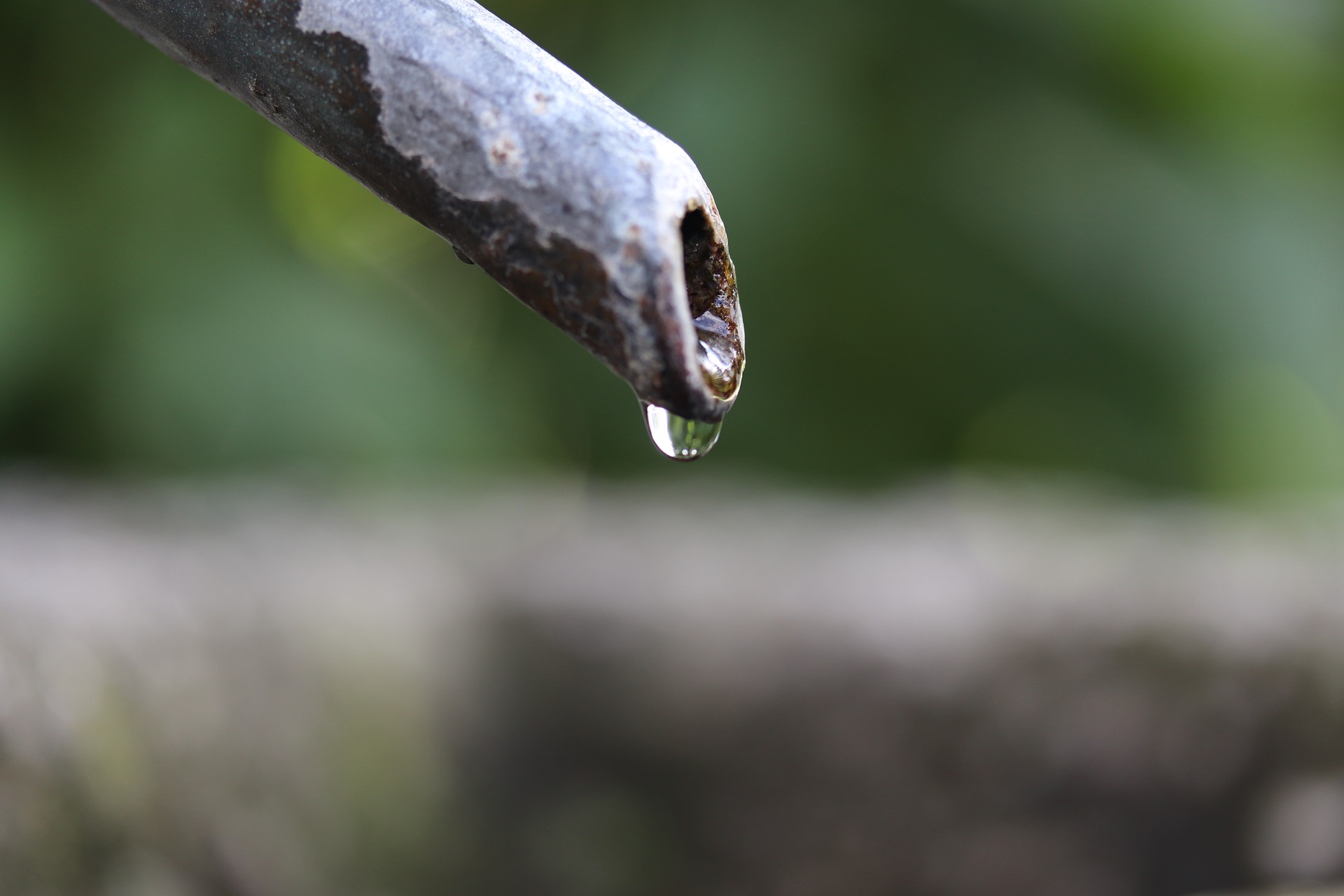planTection as a solution for the increased nitrate levels in German groundwater and a control instrument in periods of drought
A current issue under the aspect of irrigation in agriculture is the nitrate pollution of groundwater. In some cases, the nitrate content of German groundwater is too high. The European Court of Justice therefore condemned the Federal Republic of Germany in summer 2020 for failing to transpose the EU Nitrates Directive on the grounds because no further measures were taken. The fertiliser ordinance then was further tightened and the fertiliser dispute was again in the media.
Groundwater is part of the water cycle and comes mainly from rainwater. The natural water reservoirs supply plants with water and form wetland biotopes. The water comes to the surface through springs and feeds streams and rivers. In Germany, almost 70% of our drinking water is taken from ground and spring water. The remaining 30% is obtained from lake and dams or groundwater recharge and bank filtration. So if nitrate gets into groundwater, it will almost certainly also get into our drinking water.
Nitrat ist ein Salz der Salpetersäure (HNO3) und sehr gut in Wasser löslich. If a farmer uses mineral fertilisers, it is usually potassium, calcium or ammonium nitrate. And a lot of nitrate gets into the groundwater, especially through farmyard manure, such as the manure often used in Germany. These contain organic compounds which are converted into ammonium ions (NH4+) by biological processes. This is then oxidised to nitrate by soil bacteria in the presence of nitrogen. Now a reverse process can occur, in which nitrate is reduced bacterially to nitrogen (N2) under exclusion of oxygen.
Otherwise it will end up in our drinking water and can have serious health consequences for babies. Because “Blue Infant Syndrome” can already occur with acute exposure. In the first 3-6 months, children have a less acidic stomach environment, which means that other bacteria will settle there than in adults. Consequently, a reduction of nitrate to nitrite can occur. If this reaches the blood, the blood pigment haemoglobin is oxidised to methaemoglobin and can no longer bind oxygen. This leads to a lack of oxygen in the tissue. This can be fatal for toddlers.
Due to this fact, nitrate limits are regulated by both the EU and the German government. The EU Groundwater Directive 2006/118/EC gives 50 mg nitrate per litre as a guide value. The Groundwater Ordinance has adopted this value as a threshold value. However, countermeasures must already be initiated at three-quarters of the value (37.5 mg/l) if the trend in pollutants increases. The limit value of the German Drinking Water Ordinance is also 50 mg nitrate per litre.
As already mentioned, these values are not fully respected. Drinking water is one of the best monitored foodstuffs and complies with the limit value for nitrate across the board. However, 17% of the 692 groundwater monitoring sites exceed 50 mg/l and a whole 27.1% of the 1,200 groundwater bodies already exceed the threshold value. A negative trend can be observed: nitrate levels are increasing at 23.6% of monitoring stations.
The tightened fertiliser ordinance should slow down this trend again. A fertilisation plan with concrete specifications, such as a reduction of the permitted fertilisation use by 20% below the calculated fertilisation requirement, is mandatory. Furthermore, only emission-reducing application techniques may be used. There is now also a restriction on fertilisation in autumn and winter and the individual countries should introduce regionally adapted, more far-reaching measures.
We at planTection see great possibilities how our system can contribute to comply with these fertilisation regulations and perspectively reduce the nitrate level in groundwater in Germany.
Consider, for example, the planned use of reservoirs and dams from the former GDR to irrigate fields in Thuringia, Saxony and Saxony-Anhalt. Since the water, which has been dammed up for a long time, its nitrate values, are too high andprecise irrigation would be ideal. So there is an application area for planTection here. Thanks to precise irrigation control in line with demand, nitrate, a valuable mineral for plants, can be almost completely absorbed and does not reach the groundwater.
Furthermore, the planTection system, with fertiliser dissolved in water and sensors, allows the correct amount of nutrients to be administered to the plants at the best time. In this way the farmer can be sure that no harmful substances enter the groundwater and can easily prove that he is complying with the fertiliser ordinance.
Have we addressed a topic that concerns you? We would be happy to talk to you about your possibilities with planTection, just get in touch!
Further links on this topic:
Innovative irrigation project Frohndorf ➔
Fighting droughts: farmers sound out irrigation of fields ➔




